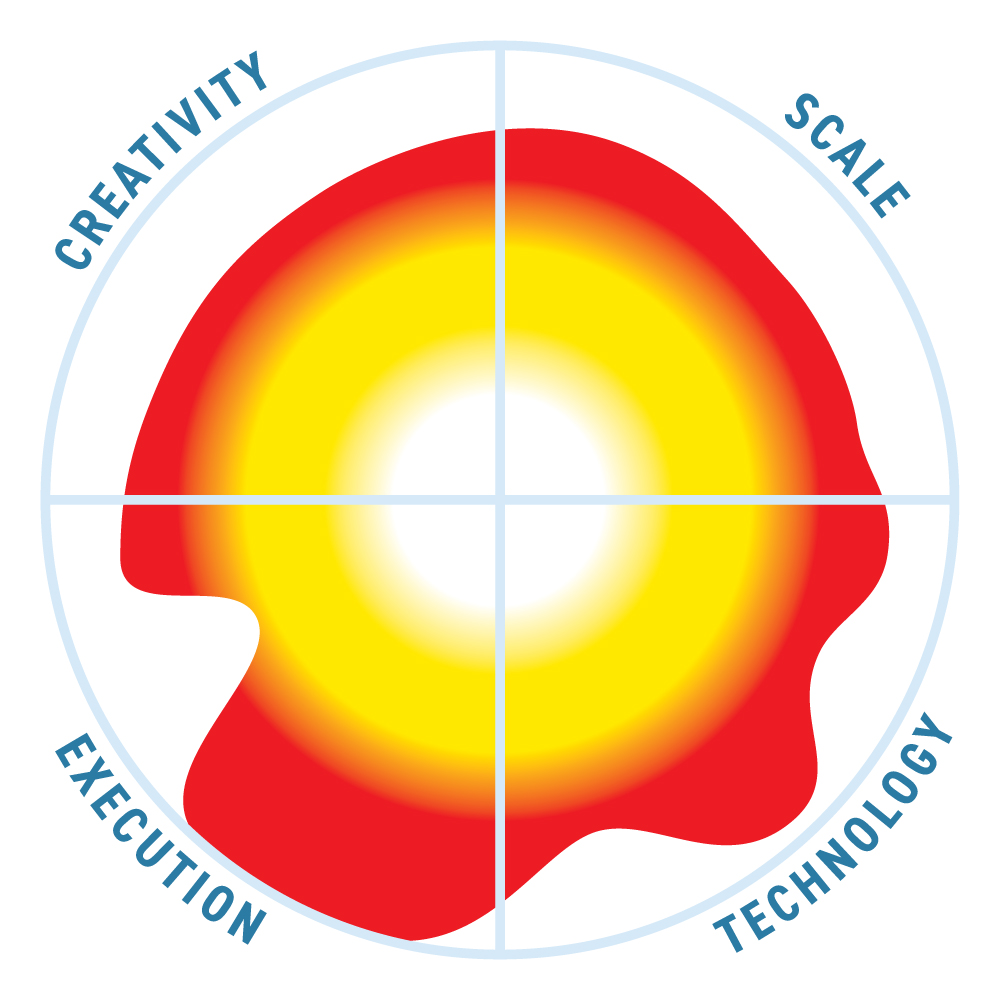Oracle Database In-Memory
Update solution on June 25, 2025

What is it?
Oracle has more than one in-memory database offering. Oracle Database In-Memory uses an in-memory columnar data store, and is a feature of the flagship Oracle database.
Oracle TimesTen In Memory database is a memory-optimised relational database.
Oracle Coherence is an in-memory grid that stores frequently accessed data in a distributed, fault-tolerant configuration.
Customer quotes
“Found 2 to 6 times gains in typical performance across a range of workloads, with some as high as 20 times faster.”
Ajay Poondla, DevOps Manager, Gilead Sciences
“We achieved a 12 times improvement in performance with Oracle InMemory on one case study we tested.”
Fong Zhang, Database Architect, Walgreens
What does it do?
Oracle In-Memory is designed for analytic workloads. In particular, it still has row-based support, so can be used for a mixed workload of analytic and transactional processing. Because its columnar store is entirely in memory, it does not need the indexes that are usually used to speed up analytic processing in conventional databases. It works particularly well for situations where the workload is complex and the queries involve joining data from many columns. It would not bring any advantage to an on-line transaction processing (OLTP) workload. Typical use cases, as well as complex analytics, might be real-time financial trading or real-time network routing for a Telco.
Oracle TimesTen, a memory-optimised relational database, supports standard SQL and can be used as a cache for a regular Oracle database. It provides very high performance provided the data used can fit entirely into memory, and may require more configuration than the Oracle In-Memory option. A use case here might be for an embedded database within a third-party application where speed was a critical factor. It is intended for the most demanding workloads in terms of real-time performance.
Oracle Coherence, an in-memory grid, gives high performance and linear scaling as well as fault tolerance. However, it does require a separate infrastructure for the data grid and its set-up requires a good understanding of caching and of distributed systems.
How does it work
Oracle In-Memory stores data in a columnar format for analytic queries, which achieves faster response at the expense of slower updates/load, which is not usually much of an issue for analytic workloads. It has in-memory joins, scans and aggregation, high availability and scaling using the Oracle Real Application Clusters feature. It is entirely consistent with Oracle database applications.
Oracle TimesTen stores data entirely in memory for speed of access. It supports parallel replication, full SQL support and also PL/SQL support (the extensions of SQL specific to Oracle that allow developers to have complex logic executed in the database, including support for stored procedures and triggers).
Oracle Coherence supports parallel processing, such as distributed data processing and aggregation. It has linear scaling by adding more nodes, and supports in memory analytics. It also offers support for multiple programming languages such as Python, Java, JavaScript and RESTful interfaces.
Why should you care?
As data increases in volume, databases have always been forced to innovate in order to keep up with ever more demanding use cases by business. In-memory, databases offer a way to handle extremely demanding real-time use cases or very complex analytic workloads, as data held entirely in memory can be processed much more quickly than data that has to be first retrieved from disk, though at the cost of more expensive hardware. Memory is an order of magnitude costlier than memory, so its use is likely to be for particularly high-value situations where performance is critical. Some examples might include financial trading systems or real-time fraud detection or online gaming.
The bottom line
As a leading relational database vendor with a huge installed base, Oracle needs to offer in-memory databases that allow its customers to handle their most demanding use cases. This is especially true as genuine competitors in the database arena have arisen from the hyperscalers (Amazon, Azure, Google Cloud Platform) as well as many specialist and open source alternatives. Given its strong market position, the Oracle database platform will likely be on most shortlists, and its in-memory options allow it to compete with similar competitors.
Related Company
Connect with Us
Ready to Get Started
Learn how Bloor Research can support your organization’s journey toward a smarter, more secure future."
Connect with us Join Our Community
